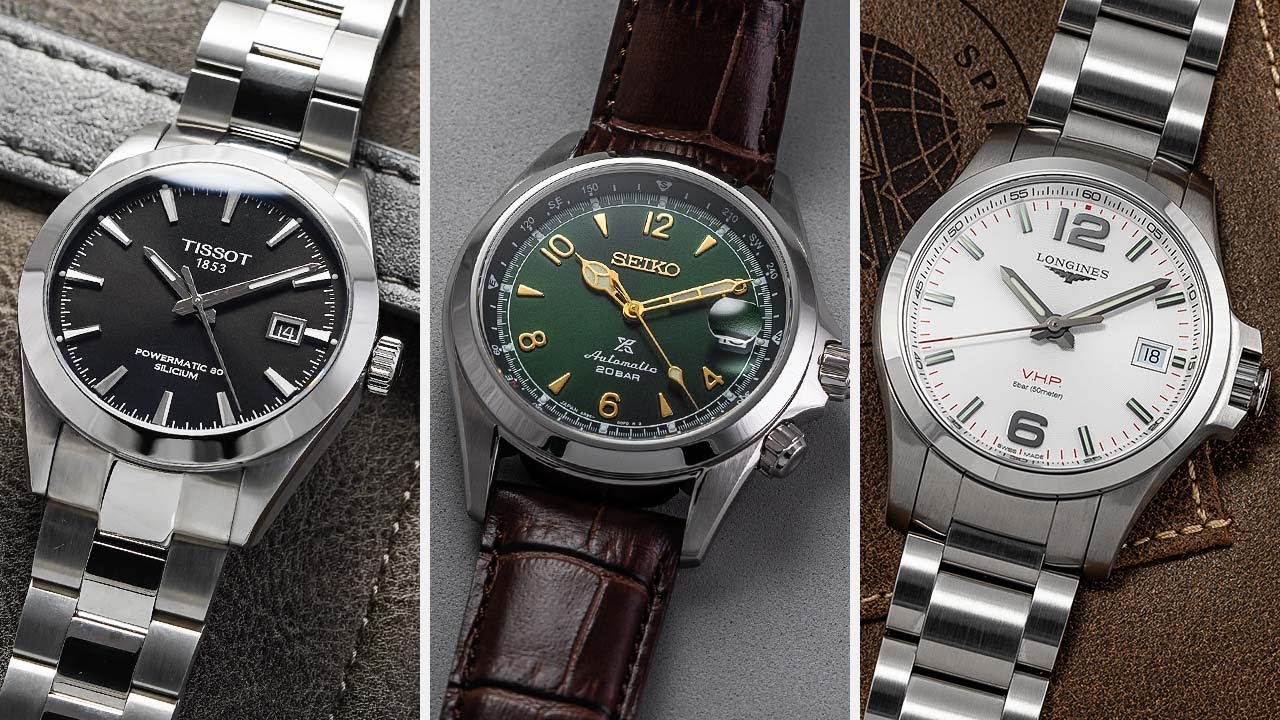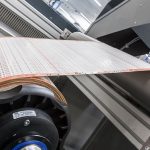The main reason for the high price of Swiss watches is that they require a high level of precision and accuracy. However, the production cost of a luxury watch can be extremely high as well. This includes the cost of custom machinery, materials, research and design, and prototyping. In addition, the time it takes to create a watch can be very long.
Time is money in luxury watches
According to a report from the Sotheby’s auction house, luxury Swiss watches are on a rise. This is partly because demand for the top brands is growing, such as Rolex and Patek Philippe watches. Even small boutique brands are increasingly expensive, with the average retail price of Swiss watches rising by more than 50% in the past two years.
The average Swiss watch costs $685. Conversely, the cheapest Chinese timepiece costs $2. While the latter does the job as well, it is certainly not as impressive as a Swiss timepiece. Nevertheless, the Swiss watch industry is still doing well, and exports have grown 32% in two years, to $23.3 billion. Despite a decline in demand in some of its biggest markets, demand from European and Arab consumers has picked up.
The Swiss watch market was near extinction in the 1970s, when quartz movements made mechanical watches outdated. However, the watch industry quickly rebounded by making mechanical watches a luxury good and focusing on craftsmanship. Eventually, brands such as Rolex and Audemars Piguet became dominant in the market.
In emerging markets, the luxury watch industry is growing rapidly. For example, the luxury watch market in the Middle East has exploded. LVMH’s flagship brand, Zenith, has a presence in the region. The company has also recently launched a new line of watches in the region.
A luxury watch is a work of art, with tiny wheels and fine materials that speak of taste, personality, and class. It tells the time, but it’s also a great way to show off your style. There are many different types and brands available, from the classic Omega watch to the ultra-modern Hublot watch.
Design
Swiss watches are more than just functional and durable; they are also beautiful. Made with the highest quality materials, they are also highly accurate. Some of the best examples include the Audemars Piguet Royal Oak, which features diamond components. This watch can cost more than the salary of the world’s highest paid executive.
While most Swiss high-end timepieces easily meet the 60 percent value requirement, some entry-level brands have come under fire for playing fast and loose with the regulations. Despite the regulations, they can still include Swiss-made components, which are expensive to manufacture. It’s a case of getting what you pay for.
Swiss watches cost a lot because of the time and materials required to produce them. These timepieces have an intricate design and are often difficult to replicate. Often, Swiss watchmakers work with tolerances of three to four thousandths of a millimeter. This means that if you buy a watch that has less than that tolerance, it will not be as accurate.
Swiss watches have a rich history of craftsmanship. They are also designed to be timeless and innovative. They use the finest materials for their dials, which are often covered in real jewels. Some of these Swiss timepieces use gold screws to hold them together. You’ll also notice that many of these brands feature dials with real emeralds. The process of making a Swiss watch can take between three and five years, depending on the complexity of the design and the complications.
Besides being beautiful, Swiss made timepieces are incredibly durable. They are built to last for generations and are often repairable, too. Even if you don’t care for the timepieces anymore, you can find a vintage Swiss watch for a great price.
Accuracy
One of the main reasons why Swiss watches are so expensive is their accuracy. The best watches are made from top-quality materials, and Swiss watches that meet the COSC standards are guaranteed to be accurate to within one second. For the highest accuracy, you should opt for a chronometer, which requires 16 days of COSC testing. There are also moon phase watches, which display the moon’s phases based on the calendar.
The traditional watch industry faced an economic crisis during the 1970s, when the Quartz Crisis swept the globe. The new technology meant that the traditional watch industry struggled and more than two-thirds of Swiss watchmakers went out of business. This prompted the Swiss watchmakers to shift their focus from making everyday watches to making luxury pieces.
Historically, Swiss watches have been made with quality metal substrates, like 316L stainless steel. Unlike plastic components, 316L stainless steel resists corrosion from acidic liquids and seawater. Another advantage of using stainless steel is that it is hypoallergenic. It also provides resistance to magnetics.
The Swiss use high-precision machines to produce Swiss watches. These machines are custom-built to make the most accurate watches possible. These machines are able to mould metals at high speeds, and produce very tiny components. In turn, this ensures accuracy. As a result, Swiss watches are among the most expensive in the world.
Since Swiss watches are made with high-quality materials, they are incredibly accurate and durable. Many of these watches have components made of diamonds. One of the most expensive models of Swiss watch, the Audemars Piguet Royal Oak, has diamonds in its dials. Another example is Patek Philippe, which costs more than a million dollar salary.
Quality
Swiss watches are expensive because they use top-quality materials and labor. These high-end watches can last for centuries. However, these watches are not for everyone. They are for those who can afford them and want to own the best. As a result, they tend to be more expensive than similar watches from other countries.
Swiss watches are not widely available in the U.S. but they are found in a number of upscale stores. While they may not be easily available in your town, they may be available online. However, if you’re buying online, Swiss watches may be more difficult to find than Japanese models.
The quality of Swiss made watches is unmatched. These watches are built with metal gears that are much stronger than standard models. Moreover, Swiss watches have a better mechanism, which means they can be serviced easily. Most standard watches use plastic parts. If you’re looking for an authentic Swiss watch, you’ll want to invest in the best you can afford.
The quality and reputation of Swiss watches contribute to their high price. Currency fluctuations also contribute to the high cost of Swiss timepieces. Moreover, a growing pre-owned market keeps residual values high, giving brands confidence to push their primary market prices. Additionally, the geographical indication of Swiss watches gives them a competitive pricing advantage over other watches.
The price is also an important factor in the decision to buy a Swiss watch. These expensive pieces have a cult following among watch lovers, who are willing to spend more for the prestige and exclusivity of these watches. Because of this, they can cost up to twenty percent more than comparable models.
Importing cheap parts from Asia allowed manufacturers to label their watches as Swiss
In the past, Swiss watchmakers were able to label their watches as Swiss by using cheap Asian parts in their production. These parts were often mixed with the parts of high-end watches, meaning the watches could be sold as ”Swiss Made” despite their lower quality. However, new regulations have made it more difficult for these manufacturers to hide the fact that their watches may have been made with cheaper parts. Now, the Federation of the Swiss Watch Industry is working to strengthen the Swiss brand and increase the percentage of production costs based in Switzerland.
But the Swiss watch industry is not immune to competition from China. In recent years, the industry has been hit hard by a sharp downturn, and the result has been a decrease in profits. The diversified Swatch Group and luxury group Richemont have been able to recover, but the pressure on costs is still there. While some Swiss watchmakers claim to be Swiss, others say they imported cheap parts from Asia to keep costs low. Nevertheless, some of the lower-end brands have trouble making profits in Switzerland because labor costs are high and margins are low. The industry is also facing intense foreign competition, which has forced some Swiss manufacturers to cut costs.
However, the Swiss watch industry has faced criticism for playing fast and loose with regulations. While most Swiss high-end brands easily meet the 60 percent value requirement, some entry-level brands have gotten in trouble for using Asian components to save money on manufacturing costs.







